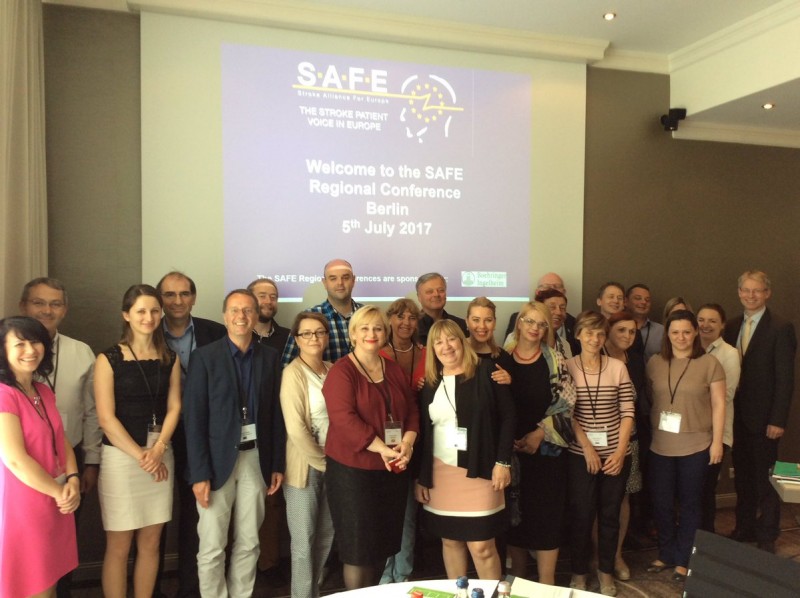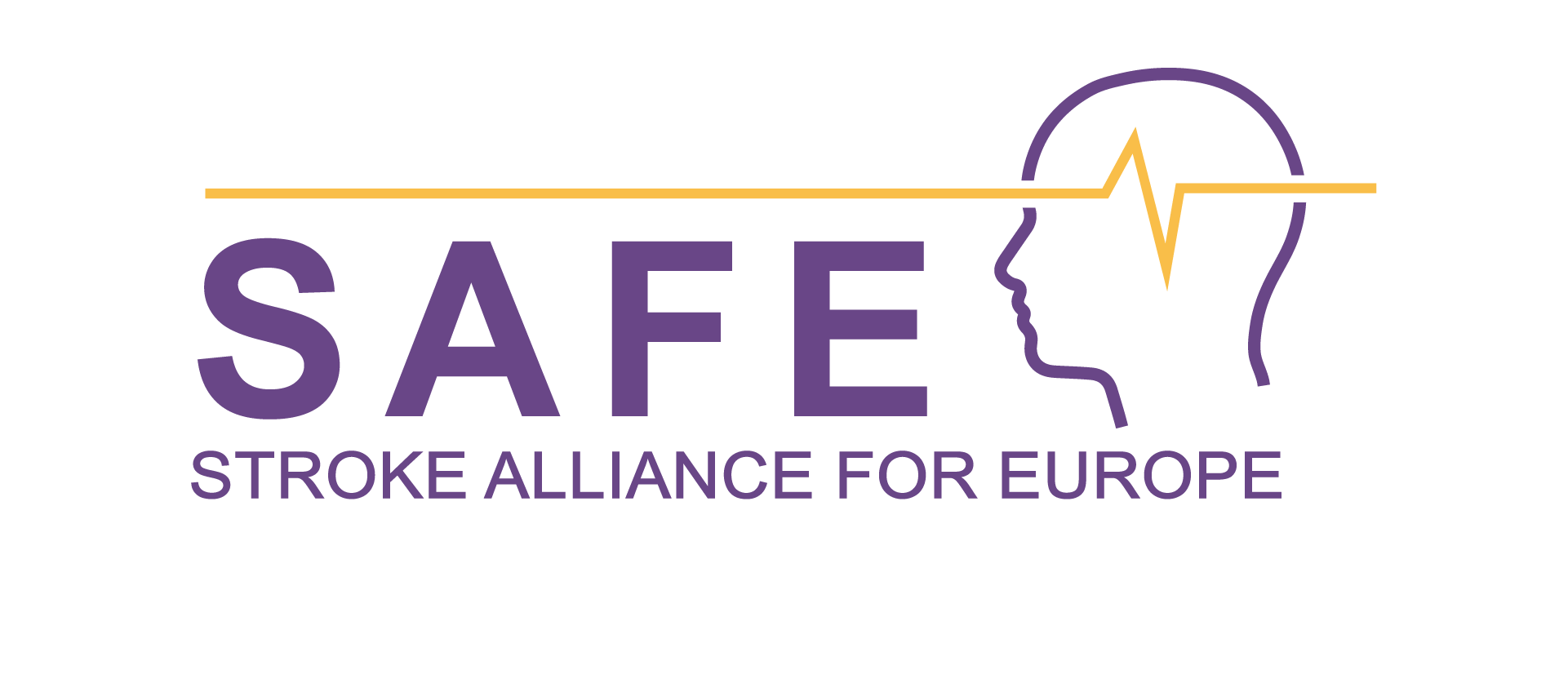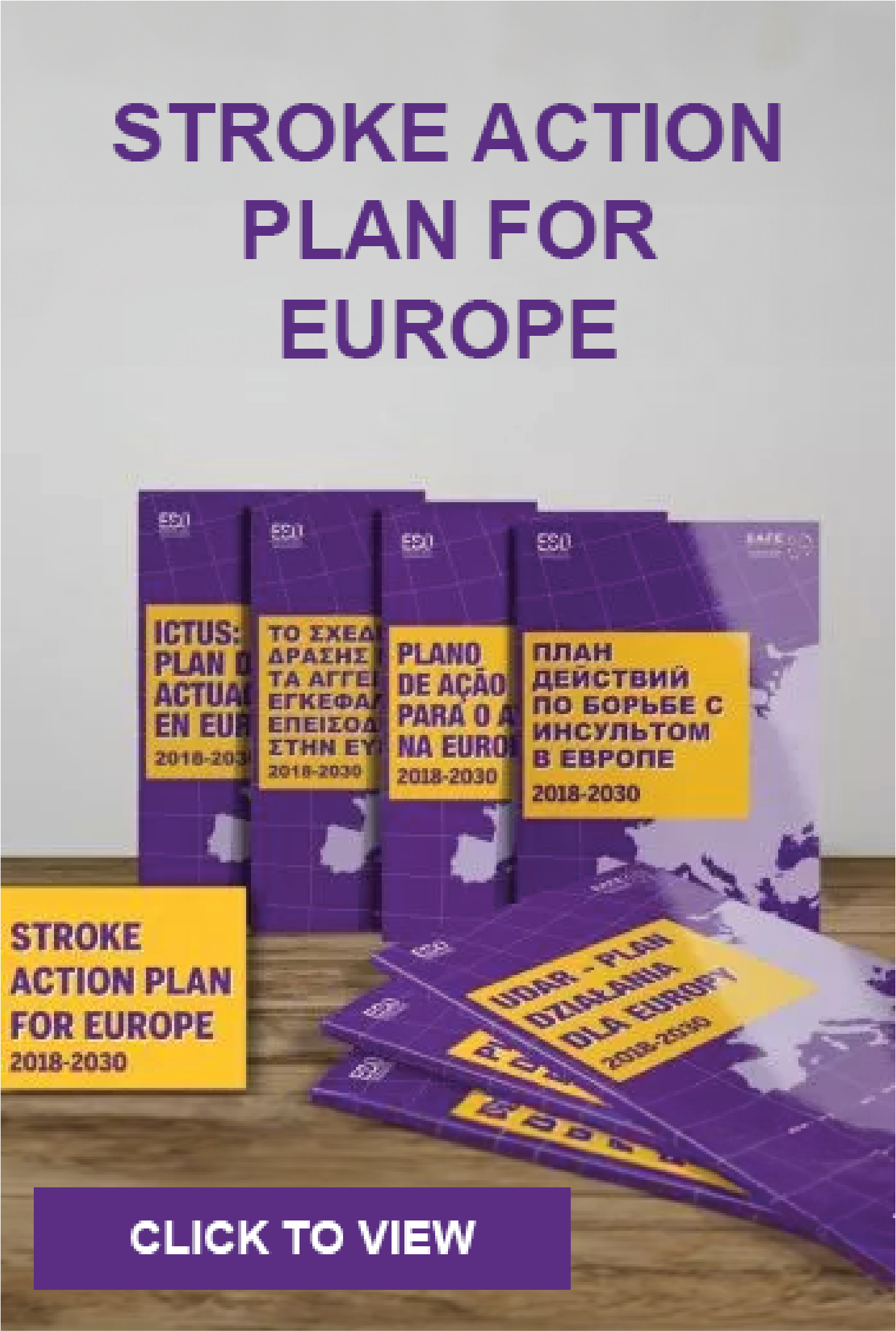In 2017 there were three SAFE Regional Conferences in 2017, in Lisbon, Riga and Berlin.
Please find below the presentations from these conferences:

Regional Conference Berlin, 2017
Workshop focus: Ideas to sustain communications following the launch of the Burden of Stroke Report, also considering the prevention focus of World Stroke Day on October 29th.
Lisbon Workshop
Group 1
- Importance of using the data sets in the BoS report
- Comparative country data can be helpful in generating national media and stakeholder/policy maker interest
- Importance of knowing who you are targeting and why e.g. which audience is a priority to reach to achieve the objective?
- Identify the most appropriate channels to reach them
Group 2
- There should be a broader approach to prevention as a topic, covering also hypertension and coronary atherosclerosis, on top of AF.
- The campaign should be focused on raising awareness on AF rather than on behaviour change, because people still don’t know enough about AF.
- There should be some splitting of responsibility for health preservation between medics and patients. Patients should be more aware of their role in the preservation of their health. There should be a campaign for self assesment of the heart beat.
- Some countries already have national plans that they would carry on for this year’s WSD: Cyprus will have cycling competition; Northern Ireland is focused on return to work after stroke.
- The campaign should target both professionals and patients at the same time.
- There are campaigns from different countries which were successful and might be repeated (a ringtone melody for mobile phones illustrating AF; cartoons ‘know your pulse’ from Helsinki, street events with dancing ‘catch your rythm)
- The name of this year’s campaign (What is your reason for preventing stroke) was felt vague and not appropriate, as well as difficult to fit in the already existing national plans.
- The group felt it would be useful to develop centrally campaign materials and distribute those to all SAFE members.
Group 3
- ‘Feel your Pulse’ check campaign.
- ‘Feel’ as there is a strong emotional connection and a positive title
- Lends itself to ‘feeling your pulse’ personal journeys and images e.g.
- Feeling your baby’s first pulse when born
- First day of school when you feel your pulse beating
- When you fell in love you felt your pulse beating
- When your pulse changes and you need protection from an AF-related stroke
- Peer to peer / patient to patient education workshops
- People further in their journey of AF protection educating newly diagnosed on what is AF, stroke, importance of preventive therapy
- Community / retail pharmacy campaign
- Educational modules for pharmacists on AF, prevention of stroke, how to best identify and engage with customers at risk / on treatment to screen / catalyse a treatment review
- Supporting educational materials for patients e.g. leaflet to go in bag with prescription
- Opportunity to combine pulse check with existing BP checks
- Education in schools
- Teach kids to go home and practice pulse checks on parents / grandparents
- Liaise with education authorities to include AF, stroke, pulse checks on science curriculum
- Short video content for social sharing e.g. powerful patient stories, cartoon style trans-creation (where words aren’t needed, internationally relevant)
- PR survey to show lack of awareness / understanding of AF and need for action (in combination with findings from BoS)
- Focus on the ‘hidden carers’, e.g. women / mums who care for families but who don’t prioritise their own health
- Calculate the cost of not taking action to prevent AF-related stroke and PR campaign to support communication
- Prize for best AF-related stroke prevention campaign
- Run in schools
- Pan EU Across national health ministries
Riga Workshop
- Run public meetings to talk about stroke prevention
- Advertise in advance through local newspapers
- Provide refreshments and educational leaflets
- Include doctor to talk about stroke, prevention and treatment
- Include local community representatives to talk about after stroke support
- Include a stroke survivor
- Invite local media to attend
- Iceland has developed a ‘FAST’ style App (‘SLAG’ in Icelandic) to help people call for help when having a stroke
- Journalists like new stories and statistics, ideally a ‘scandal of poor care’ angle: there is lots of data in the BoS report to use
- Public awareness campaign e.g. Posters on public transport saying ‘One in ten people around you will have a stroke’
- Invite people to hospital for ECGs, pulse check, also visit the largest employers to health check workers e.g. fish factories
- Run an information kiosk in foyer of main hospitals during World Stroke awareness week to hand out educational materials, advise visitors and patients, work in partnership with related organisations e.g. care of the elderly, general heart disease etc.
- WSO interested in creating a Thunderclap to make stroke the number one issue on Twitter on World Stroke Day
- Hold weekend conference bringing together all local clubs
- Highlight with media and policy makers issues around Guidelines (e.g. lack of, launch of, need to implement better etc.). Use BoS report statistics to illustrate the unmet need
- Partner with pharmaceutical companies on unbranded educational initiatives, highlight the interconnection of risk factors e.g. bus tour
- Bring together multi-discplinary stroke care teams to develop integrated care pathways around prevention, acute treatment, integration back into community care and life after stroke
- Importance of using and communicating the BoS content. ‘Think of communications like a can opener for tinned food; all the content is there but it still needs an opener to make it accessible. You need to eat it not just put it on the shelf.’ Need to combine data and publicity if want to effect change.
- Music used as an educational tool through phone ring tone that starts off in rhythm and then becomes erratic and dissonant to signify arrhythmia and potential stroke
Berlin Workshop
Group 1
- Stroke clubs at local level doing preventive work e.g. pulse checks around WSD
- Collaboration with national patient and HCP heart/cardiology organisations to run stroke secondary prevention awareness programmes
- Piggyback stroke prevention communications off ‘healthy ageing’ agenda
- Partner with medical aid organisations e.g. Red Cross to access their volunteer network to conduct pulse checks, lectures in schools and clubs for older people
- Set up booths in public spaces e.g. shopping centres with doctors and patient organisation representation to conduct health checks with message that stroke is ‘ageless’
- Liaising with key media e.g. radio, tv channels to negotiate a focus on stroke during WSD including patient group interviews
- Map stakeholders as you may identify someone with a prior interest, e.g. parent who died from a stroke, a health minister who trained as a neurologist etc. You never know!
- Consider public health, policy and government level stakeholder engagement in partnership with leading stroke physician
Group 2
- Conduct supplementary research into e.g. people who leave hospital post stroke to ask about their long term care needs, present results to a wide range of stakeholders
- Look at related conditions and use them as a thematic bridge to discuss stroke e.g. depression, emotional health and stroke
- Use video content to bring the issues alive online – e.g. stroke survivors sharing their experience, breaking down assumptions e.g. stroke can also affect the young
- Train pharmacists to identify people at risk of stroke from lifestyle, prescription habits etc. and in counselling patients about stroke risk. Give out educational materials e.g. OAC guide either in store or in the prescription bag or use the actual prescription bag itself to communicate key stroke prevention messages / website of local patient association, partner with industry to sponsor activities
- Consider food as a way in to discussing stroke e.g Celebrity chef at food festival making special heart/brain healthy soups, sell as fundraiser for stroke association
- Develop a module on stroke prevention and life after stroke for medical students




